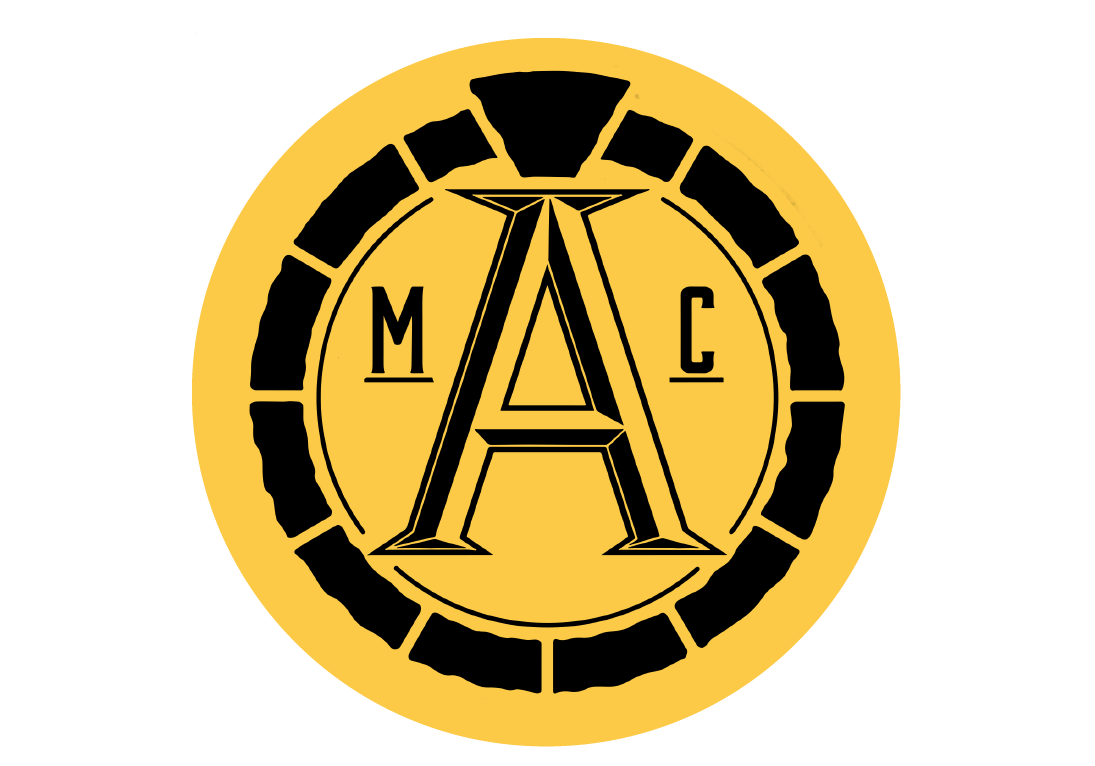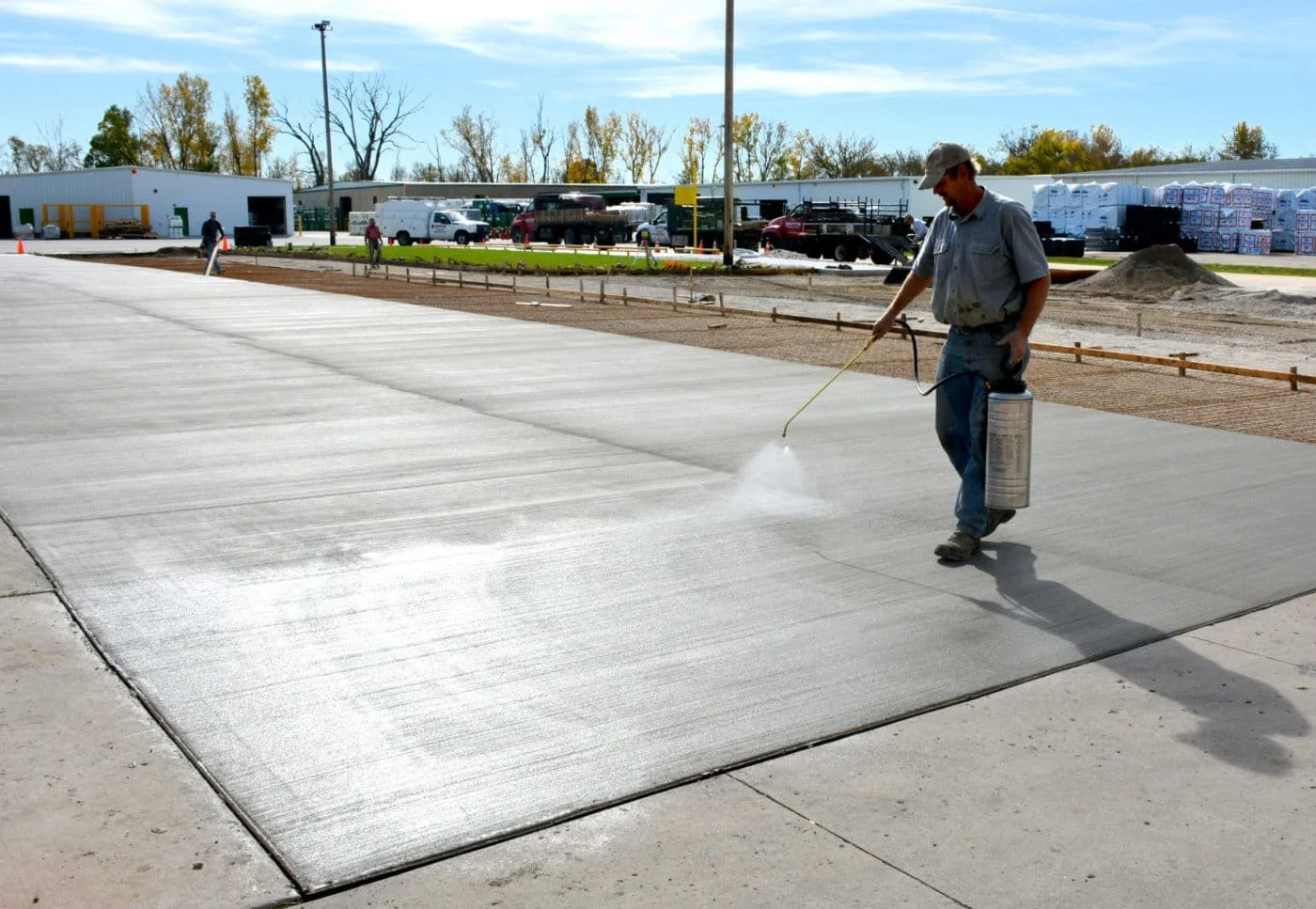Curing Vs. Sealing Concrete
Understanding the Difference
Concrete is the fundamental material of construction, known for its strength and durability. However, to ensure that concrete structures perform optimally over time, two critical processes must be properly executed: curing and sealing. While they may seem similar, they serve distinct purposes and are applied at different stages of the concrete's lifecycle. This piece delves into the differences between curing and sealing concrete, highlighting their importance and best practices.
What Is Concrete Curing?
Purpose:
Curing is the process of maintaining adequate moisture, temperature, and time to allow the concrete to achieve its desired strength and durability. Proper curing ensures that the chemical reactions within the concrete mix continue, leading to optimal hydration and a solidified structure.
When It's Done:
Curing begins immediately after the concrete is poured and finished. It's essential to start curing as soon as possible to prevent the surface from drying out too quickly, which can lead to weak spots and cracking.
Methods:
Moist Curing: The methods of keeping the concrete surface damp using water sprays, wet burlap, or ponding.
Membrane Curing: Applying a curing compound that forms a film over the surface to retain moisture.
Curing Blankets: Using insulated blankets to maintain temperature, especially in colder climates.
Duration:
The curing process typically lasts for at least 7 days, though it can extend up to 28 days, depending on the specific requirements of the project and environmental conditions.
Benefits:
Enhances strength and durability.
Reduces the risk of cracking and surface defects.
Improves resistance to weathering and chemical attack.
What Is Concrete Sealing?
It’s Purpose:
Sealing involves applying a protective layer over the cured concrete surface to prevent moisture, stains, and other contaminants from penetrating. This step is crucial for maintaining the appearance and integrity of the concrete over time.
When It's Done:
Sealing should be performed after the concrete has fully cured, typically around 28 days. Sealing too early can trap moisture within the concrete, leading to potential issues like efflorescence or weakened surface strength.
Types of Sealers:
Penetrating Sealers: These seep into the concrete pores and chemically react to form a water-repellent barrier without altering the surface appearance.
Film-Forming Sealers: These create a protective film on the surface, offering enhanced stain resistance and a glossy finish but may alter the concrete's appearance and can wear over time.
Application:
Sealers are typically applied using a sprayer or roller, ensuring an even coat. It's advisable to apply multiple thin layers rather than one thick layer to achieve optimal protection.
Maintenance:
Depending on the type of sealer used and the environmental conditions, resealing may be necessary every 1 to 5 years to maintain effectiveness.
Key Differences at a Glance
Curing is the critical early-stage process of maintaining adequate moisture, temperature, and time to allow freshly poured concrete to properly hydrate and gain strength, usually over a period of 7 to 28 days and can involve methods such as water spraying or curing compounds. Proper curing helps reduce cracking, improves durability, and ensures the concrete reaches its desired strength.
By contrast, Sealing is a protective treatment applied to hardened concrete—typically after it has fully cured. The sealers form a barrier that helps repel water, chemicals, oil, stains, and abrasion, while also enhancing the surface appearance (e.g., gloss or color enhancement). While the curing is essential for structural integrity, sealing greatly extends the concrete’s lifespan and maintains its aesthetics and performance under environmental exposure.
Why Both Are So Essential
Implementing both curing and sealing processes is vital for ensuring the longevity and performance of concrete structures. Curing lays the foundation by allowing the concrete to reach its full strength, while sealing provides a protective barrier against environmental factors that can cause deterioration over time.
For optimal results, it's recommended to consult with professionals to determine the appropriate curing and sealing methods tailored to your specific project needs and environmental conditions.
See SOmething You Like?
Let us bring our expertise to your home for your next project! Contact us today here so we can schedule you for a free quote* and If you’d rather call, feel free to!
We pride ourselves on providing the best service possible and working with you to make sure you get the build you always wanted.




